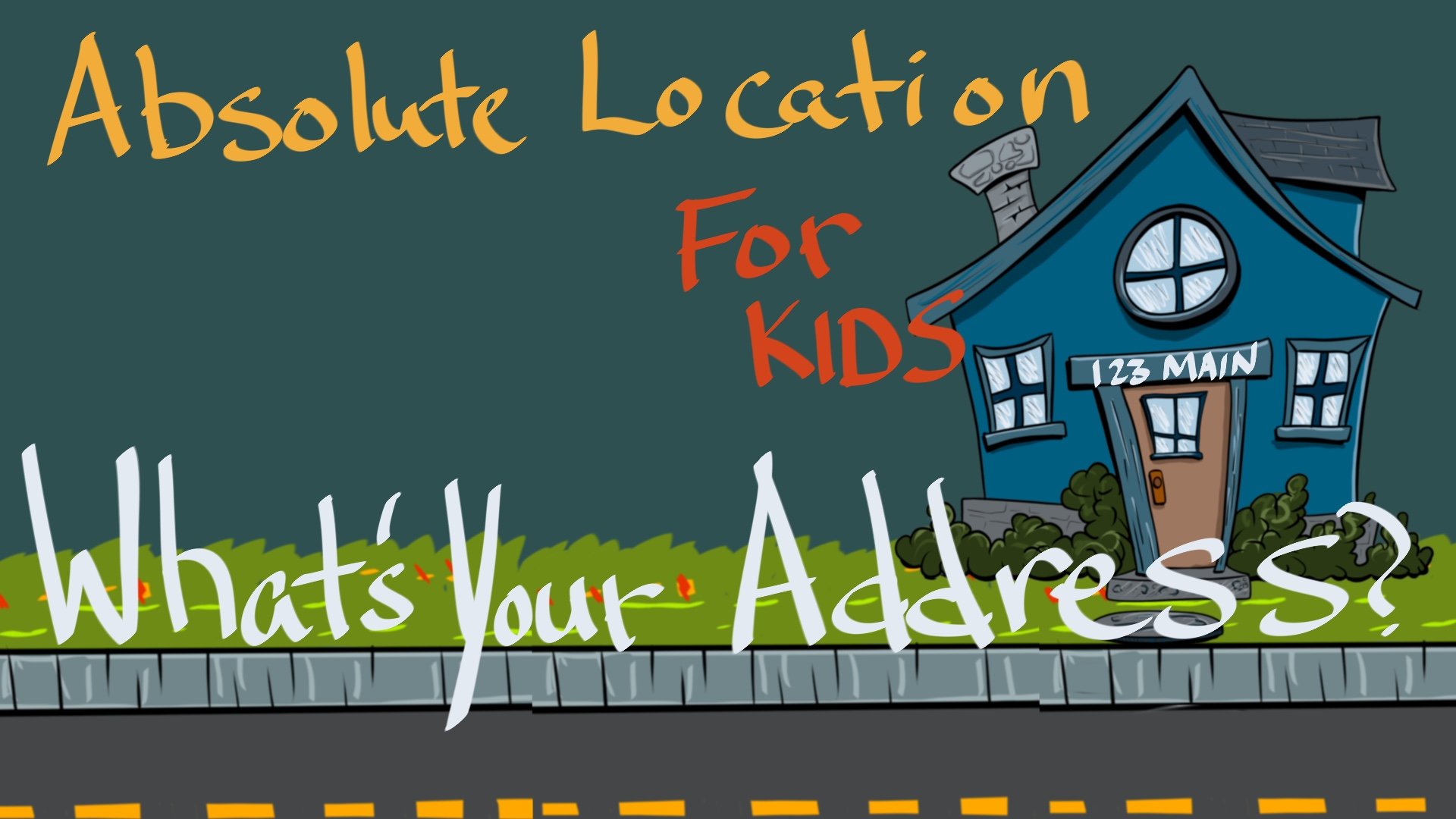Erie Canal
Lesson Plan
Lesson Title: "The Erie Canal: Revolutionizing Transportation in America"
Grade Level: Middle School
Subject: Social Studies/History
Time Frame: 1-2 Class Periods (approximately 45-50 minutes per class period)
Objectives:
Students will understand the significance of the Erie Canal in the economic development of America.
Students will be able to describe the impact of the Erie Canal on transportation and trade.
Students will analyze primary sources related to the Erie Canal and draw conclusions about its importance.
Materials Needed:
Primary sources related to the Erie Canal (photographs, maps, advertisements, etc.)
Whiteboard and markers
Chart paper and markers
Copies of handouts for students
Video clip on the Erie Canal
Introduction (10 minutes):
Begin by asking students what they know about Canals. Write their responses on the whiteboard.
Explain that the Erie Canal was a major transportation route that opened up the western United States to trade and commerce.
Show students a map of the Erie Canal and explain its route and the major cities it connected.
Activity 1: Primary Source Analysis (25 minutes):
Divide students into small groups and distribute primary sources related to the Erie Canal.
Instruct students to analyze their primary sources and answer the following questions on a chart paper:
What is the source?
What information can be learned from this source about the Erie Canal?
What questions does this source raise?
After students have completed their analysis, have each group share their findings with the class.
Activity 2: Video Clip and Discussion (15 minutes):
Show a short video clip on the Erie Canal.
After the video, ask students to discuss the following questions:
What did you learn about the Erie Canal from the video?
How did the Erie Canal impact transportation and trade?
What challenges did workers face when building the Erie Canal?
Closure (5 minutes):
Ask students to reflect on what they have learned about the Erie Canal and its significance.
Summarize the key points covered in the lesson and how they relate to the broader themes of American history.
Encourage students to continue exploring the topic on their own by reading books, watching documentaries, or visiting historical sites related to the Erie Canal.
Assessment:
Assess students' understanding of the Erie Canal by reviewing their completed primary source analysis and participation in class discussion.
Have students write a short reflection paper on the significance of the Erie Canal in American history, using evidence from the primary sources and class discussion.
Video Script
In this History Illustrated video we’re going to talk about the Erie Canal.
The Erie Canal is a big waterway that was built in the early 1800s. It connected the Hudson River to Lake Erie.
The people who built it had to dig a big ditch basically. That’s what a canal is. They had to make sure it was deep enough for boats to pass through. They also had to build locks, which are like big staircases for boats to go up and down hilly areas.
The construction of the canal was very expensive and the state of New York had to borrow a lot of money to pay for it, which led to financial problems for the state.
And the construction of the canal was a massive undertaking, and it required a lot of labor. Many immigrants groups like the Irish, German and African Americans were recruited to work on the canal. These groups were treated harshly, worked in very bad conditions and were paid very low wages.
However, it was a significant achievement as it was the first man-made waterway of that scale and it was a major engineering feat of its time. It was also very important for the growth of the United States as it allowed goods and people to move easily from the midwest to the east coast.
The Erie Canal was built as a way to bypass the Mississippi River, which was the main route for transporting goods and people from the east coast to the Midwest. Before the canal was built, people had to travel by land over hills and through forests, or they had to take a long and dangerous journey down the Mississippi River. But the canal made it much easier and faster to transport things like food, clothes, and tools.
The Erie Canal made New York City one of the busiest ports in the world and helped the economy of the United States to grow. The canal helped to open up the western part of the country and it was a major factor in the development of cities like Buffalo and Rochester.






